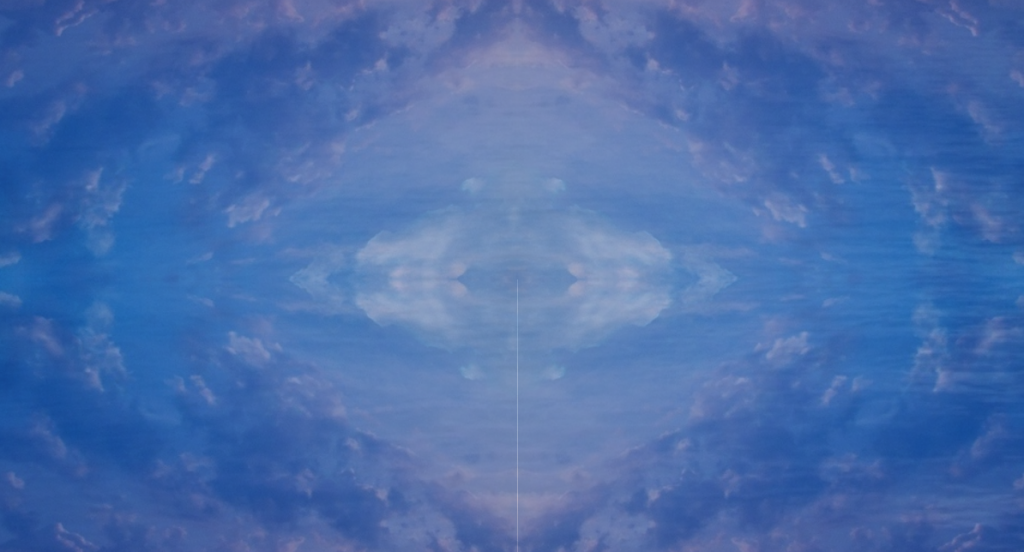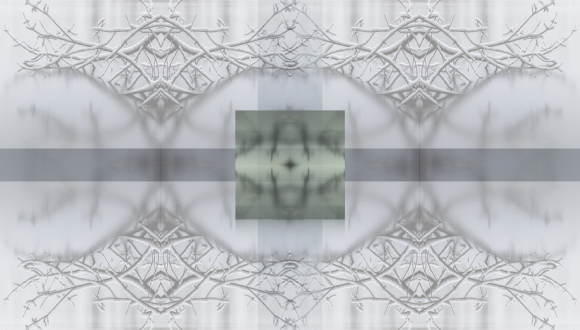In my reflections on the language of “having” dreams (fantasies, creative spirit, etc.) I briefly gestured to a certain blind spot in Hillman’s account of how the ego should be “subjected” to the dream (or fantasy etc.) images. There are two interrelated points I made, though in a rather too quick and compressed fashion. So let’s unpack them a little more.

We can see where the blind spot is when we consider that for Hillman, the way in which the ego should be “subjected” to the dream is by dissolving the single, centered perspective from the ego’s point of view into a polycentric interior scape — an “inscape of personified images” (DU 98, RVP 33). This approach has the advantage that we can treat the ego (to be precise: the dream-ego) as one perspective among others, as one personified dream figure of a multitude, and then move on to stipulate that this particular perspective (or figure) has no privileged role or position. But it is also heavily indebted to seeing the dream (or fantasy etc.) images as perspectives and personifications — as dream (or fantasy etc.) figures. And it is easy to overlook that we originally started from a much richer phenomenology (the “figures and landscapes of dreams”; DU 97, my emphasis), and from a broader notion of an image, too (one which Hillman elsewhere succintly summarized as “a complex depiction in any medium that is precisely qualified by a specific context, mood, and scene”; UE 4, 77). And we’re no longer accounting for landscapes when everything needs to be personified; we no longer capture the scenes and moods when we focus on the web of perspectives, bound as they are to dream figures. (That was the first point.)
Now we can reformulate the issue using Richard Wollheim’s helpful terminology from The Thread of Life. Wollheim distinguishes centered and acentered modes of experiencing an episode (which can be a dream or fantasy image in Wollheim as well, but also event memory: recall of an actually lived-through experience).
In centrally imagining an event, I imagine it from the point of view, or in the perspective, of some character within that event. This character is the protagonist, and it need not be me. […] acentrally imagining essentially lacks point of view […] Nevertheless in many cases where I acentrally imagine an event there is a residual condition — cognitive, conative, affective — in which the imaginative project will tend to leave me […] the residual condition will then be that in which I would have been left, had I been present at the imagined event […]
Richard Wollheim, The Thread of Life, 79, 80-81.
And this is my second point: if we consider dream (or fantasy etc.) experiences carefully, we will find that acentered forms are not unusual, certainly not impossible. They still touch us emotionally and can leave a strong imprint on our experience, even without being tied to a personified figure within the dream (or fantasy, etc.) But Hillman’s line of thought leads us away from this phenomenological finding, and towards an account where these acentered forms soon drop out of view. (Hillman’s discussion starts with the phrase I have quoted, the one with the “figures and landscapes”, but from there on it is all figures and no landscapes.)



